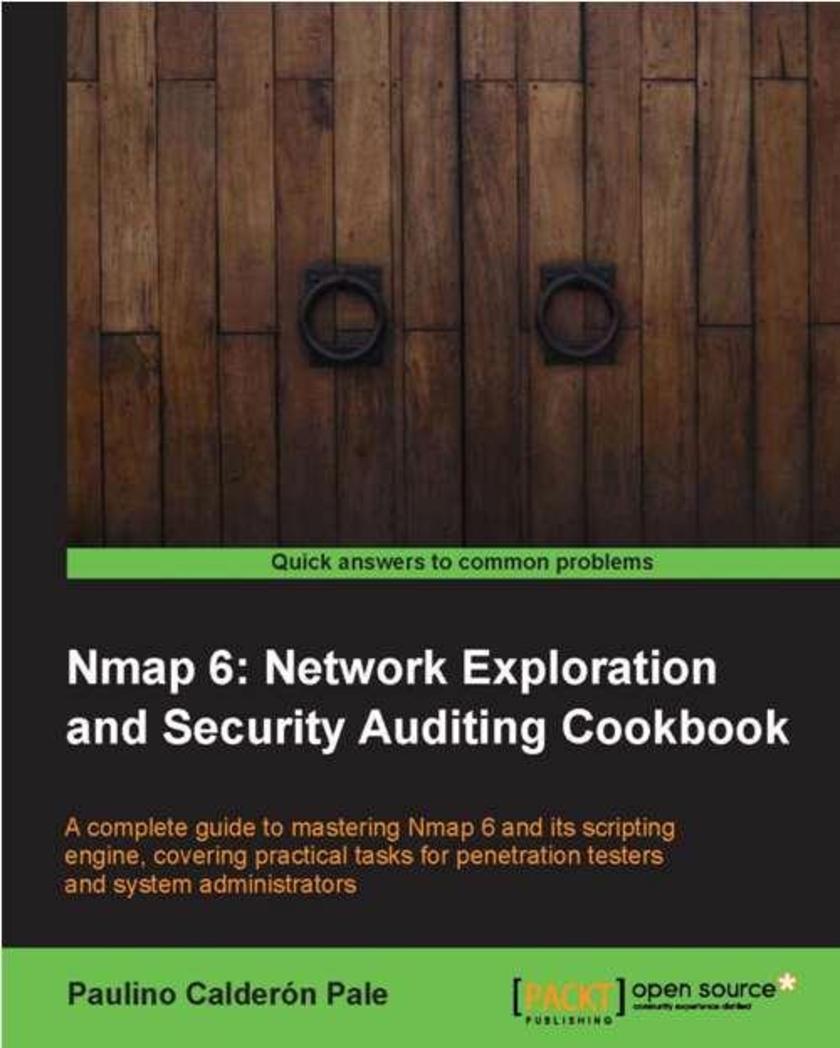
Nmap 6: Network exploration and security auditing Cookbook
¥80.65
The book is a collection of easy to follow, practical recipes with explanations of the code, and links to further information. This book is for any security consultant, administrator or enthusiast looking to learn how to use and master Nmap and the Nmap Scripting Engine.
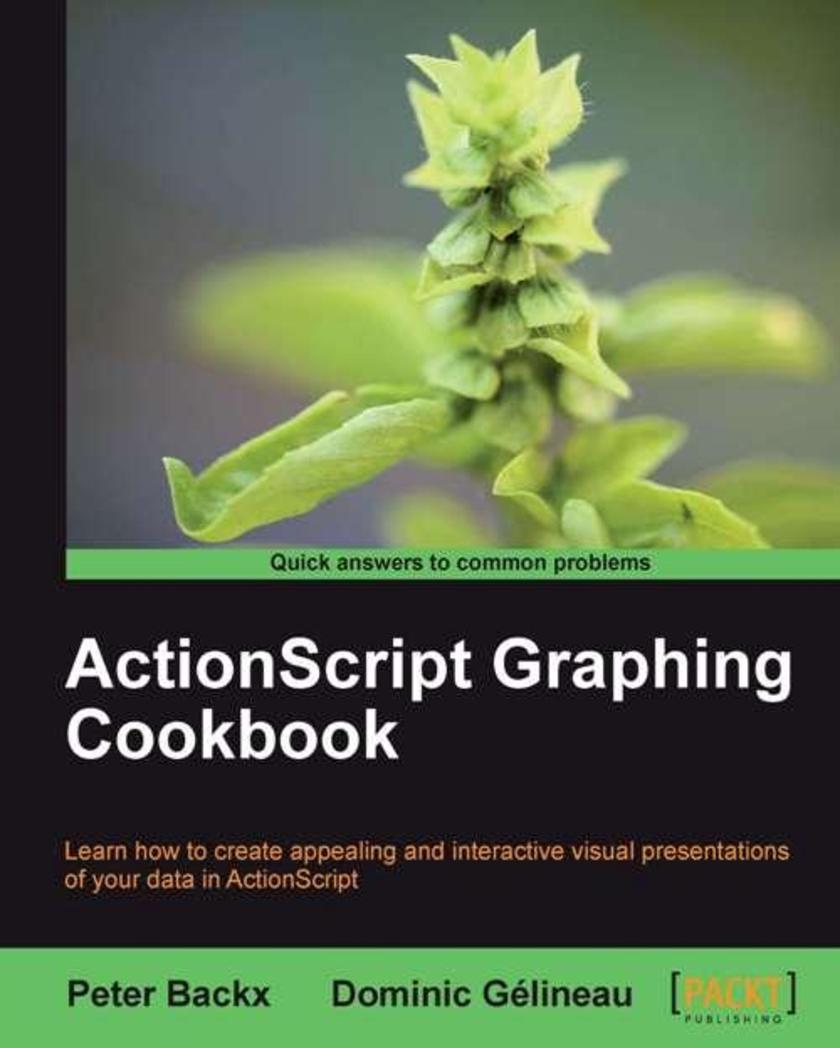
ActionScript Graphing Cookbook
¥80.65
Step-by-step instructions guide you from your very first graphical program to highly complex 3D presentations. Although a few recipes explain charts in Flex, this book is firmly focussed on using ActionScript code and data to draw graphs. The "ActionScript Graphing Cookbook" is aimed at any ActionScript developer who wants to add data visualization to their skill set. The reader should be familiar with ActionScript basics, but no deep knowledge of any graphical functions is required.
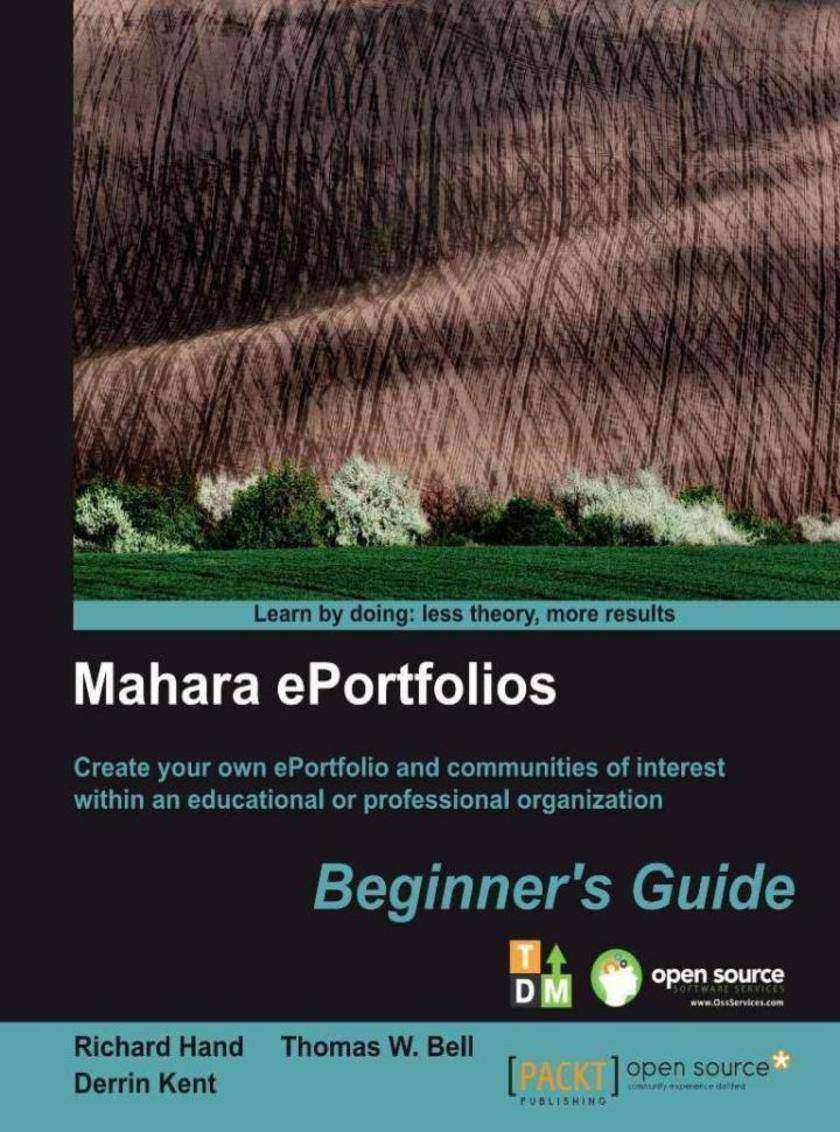
Mahara ePortfolios: Beginner’s Guide
¥80.65
This book will provide you with step-by-step instructions to get started with Mahara and create an impressive electronic portfolio. The book is packed with many useful examples and screenshots for easy and quick learning. Pick up this book if you want to get started with Mahara. This book is for you if: You are an employee, student or other type of learner wanting to maintain online documentation of your projects and share it with a particular assessor/CPD Manager/teacher/trainer for feedback. You are a teacher or mentor wanting to set up an e-portfolio for your students or employees in order to encourage and advance personalized and reflective learning. You are a professional wanting to share your journals and project documents with your team by sharing your existing knowledge and creating new knowledge in communities of professional practice. You are a human resources professional who wants a software application which will enable your team to generate, capture and transfer tacit knowledge. No previous experience of Mahara is required

LiveCode Mobile Development Beginner's Guide
¥80.65
This book will follow a tutorial style, starting from basic LiveCode coding concepts to its real-world implementation. It will teach developers how to use this new framework to develop interactive, cross-platform mobile applications. If you are a developer, consultant or student looking to create fast, scalable mobile applications, then this book is for you. Basic knowledge of programming such as understanding variables, expressions, control structures and functions is required.
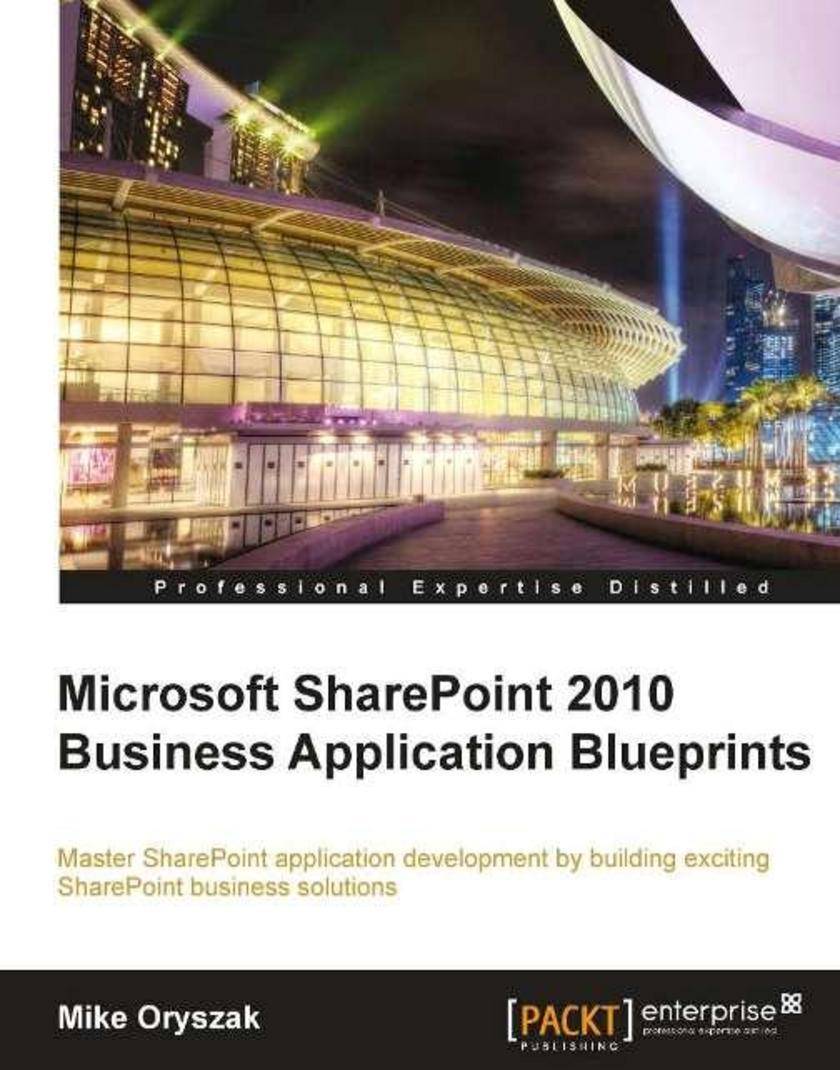
Microsoft SharePoint 2010 Business Application Blueprints
¥80.65
The hands-on example solutions in this book are based on fictitious business development briefs, and they illustrate practical ways of using SharePoint in various business scenarios. A chapter is dedicated to each example SharePoint solution covering step-by-step instructions for building the SharePoint solutions, aided by the extensive use of screenshots. This book is for SharePoint developers, consultants, and administrators who want to build a range of SharePoint solutions that extend the SharePoint platform, and see how to apply the many available SharePoint features in different scenarios.

Microsoft SQL Server 2012 Integration Services: An Expert Cookbook
¥80.65
This book is written in a simple, easy to understand format with lots of screenshots and step-by-step explanations. If you are an SQL database administrator or developer looking to explore all the aspects of SSIS and need to use SSIS in the data transfer parts of systems, then this is the best guide for you. Basic understanding of working with SQL Server Integration Services is required.
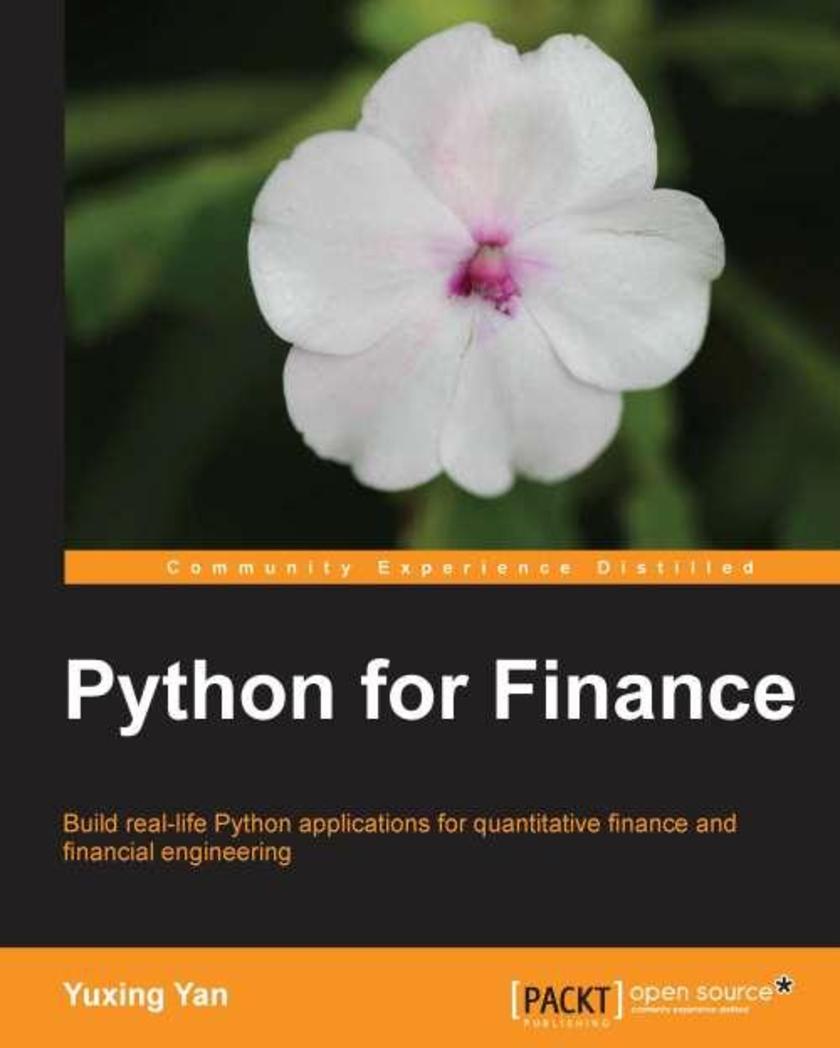
Python for Finance
¥80.65
A handson guide with easytofollow examples to help you learn about option theory, quantitative finance, financial modeling, and time series using Python. Python for Finance is perfect for graduate students, practitioners, and application developers who wish to learn how to utilize Python to handle their financial needs. Basic knowledge of Python will be helpful but knowledge of programming is necessary.
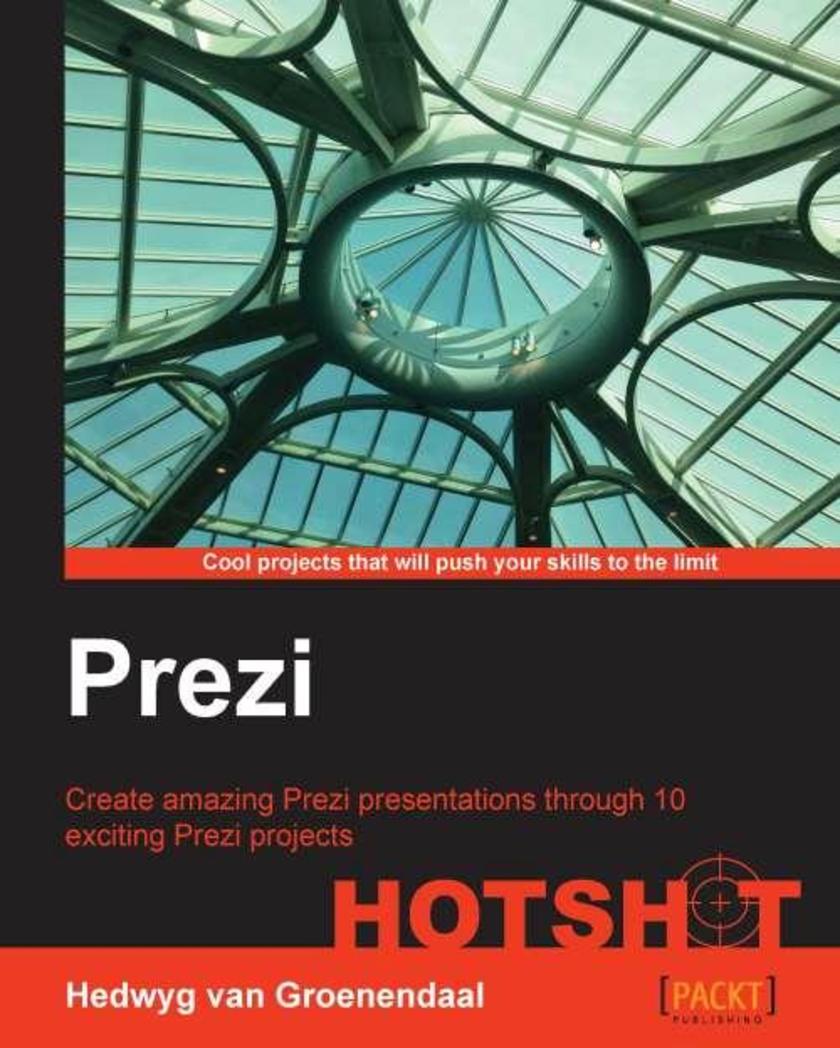
Prezi Hotshot
¥80.65
This book takes a handson, tutorialstyle approach that walks you through ten individual projects, each focusing on producing a specific Prezi. If you have some basic experience of Prezi and want to gain advanced knowledge by building different kinds of Prezi projects, then this book is for you.
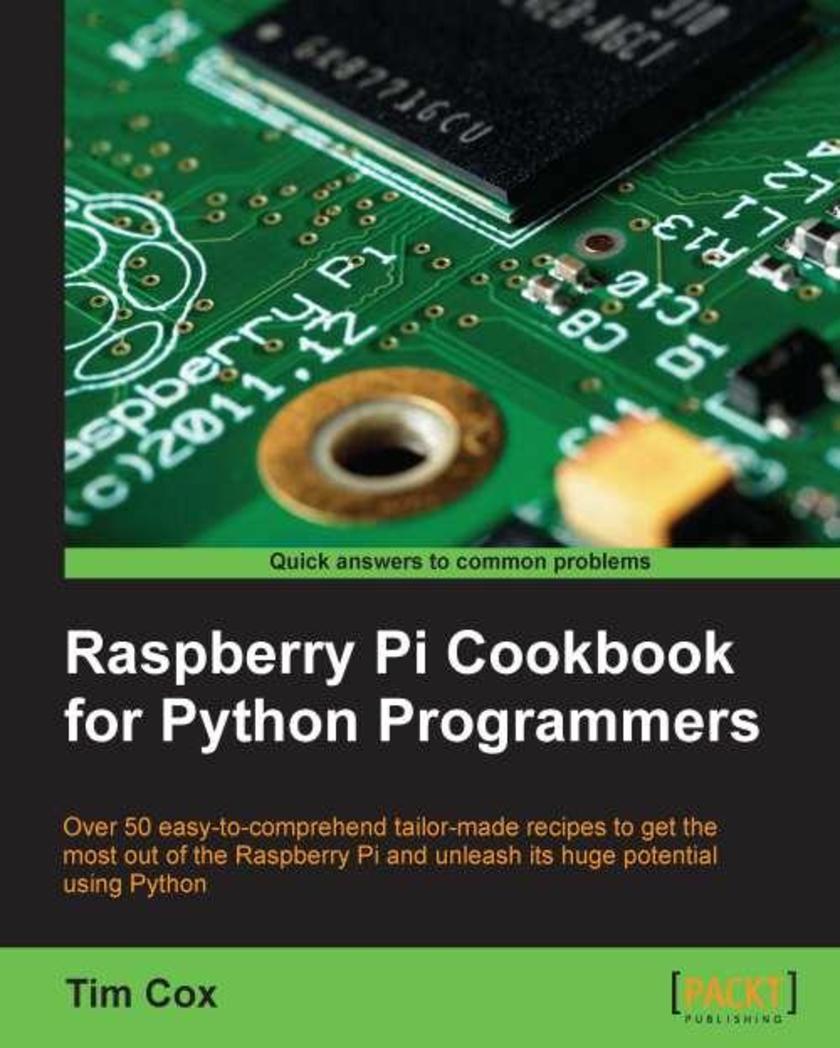
Raspberry Pi Cookbook for Python Programmers
¥80.65
"Raspberry Pi Cookbook for Python Programmers" is written in a Cookbook format, presenting examples in the style of recipes.This allows you to go directly to your topic of interest, or follow topics throughout a chapter to gain a thorough indepth knowledge. The aim of this book is to bring you a broad range of Python 3 examples and practical ideas which you can develop to suit your own requirements. By modifying and combining the examples to create your own projects you learn far more effectively with a much greater understanding. Each chapter is designed to become a foundation for further experimentation and discovery of the topic, providing you with the tools and information to jump right in. Readers are expected to be familiar with programming concepts and Python (where possible Python 3 is used), although beginners should manage with the help of a good Python reference book and background reading. No prior knowledge of the Raspberry Pi or electronics is required; however for the hardware sections you will need some basic electronic components/household tools to build some of the projects.
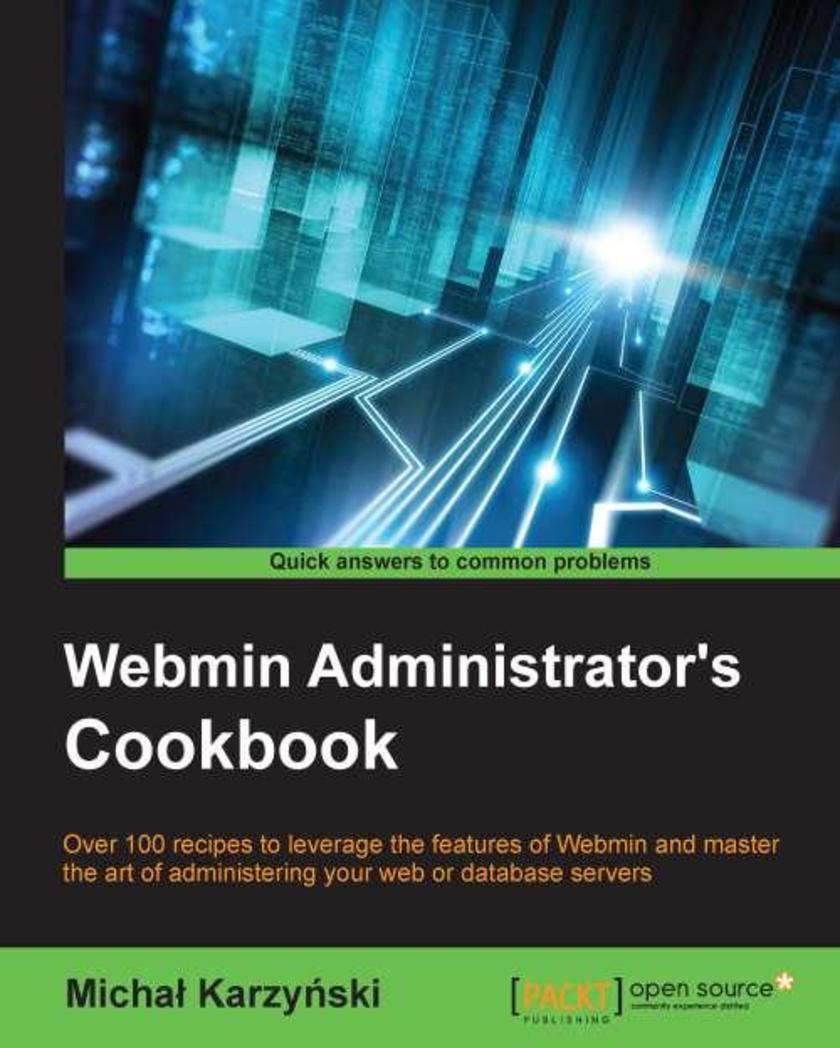
Webmin Administrator's Cookbook
¥80.65
Written in a cookbook format with practical recipes this book helps you to perform various administrative tasks using Webmin and enables you to perform common jobs more efficiently. This book is perfect for System administrators who want to learn more advanced concepts of Webmin and how it can help to set up a server for development, testing or deployment.
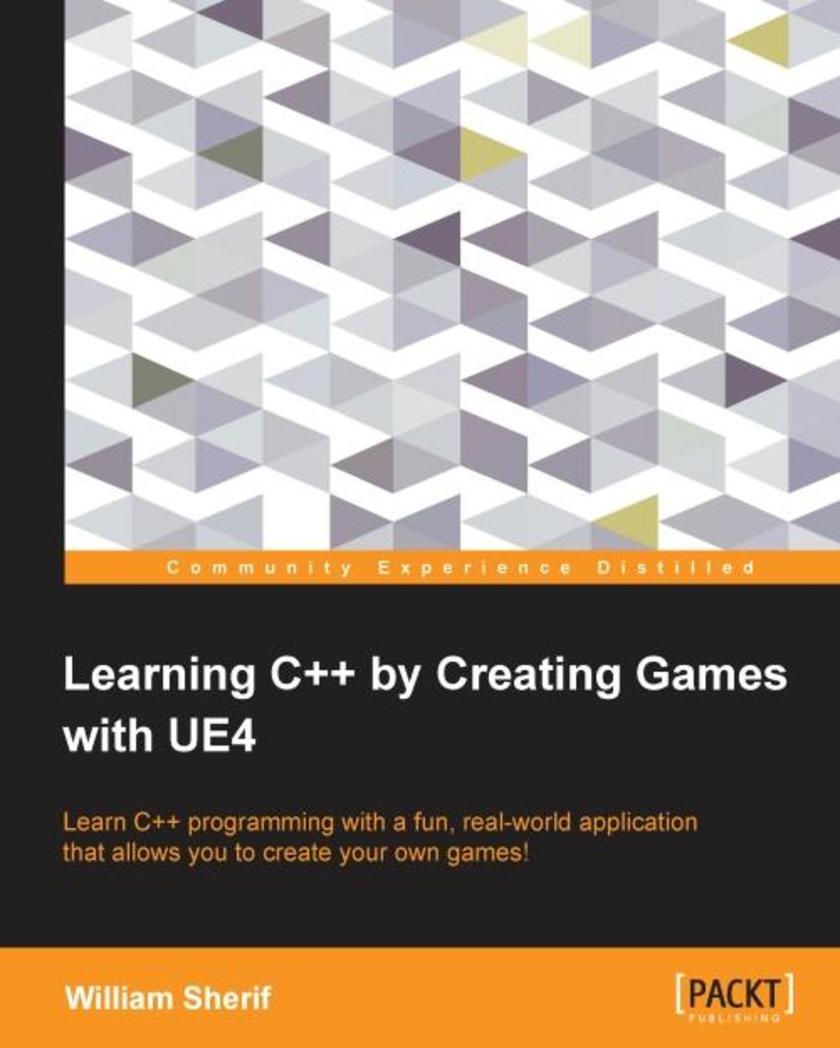
Learning C++ by Creating Games with UE4
¥80.65
If you are really passionate about games and have always wanted to write your own, this book is perfect for you. It will help you get started with programming in C++ and explore the immense functionalities of UE4.
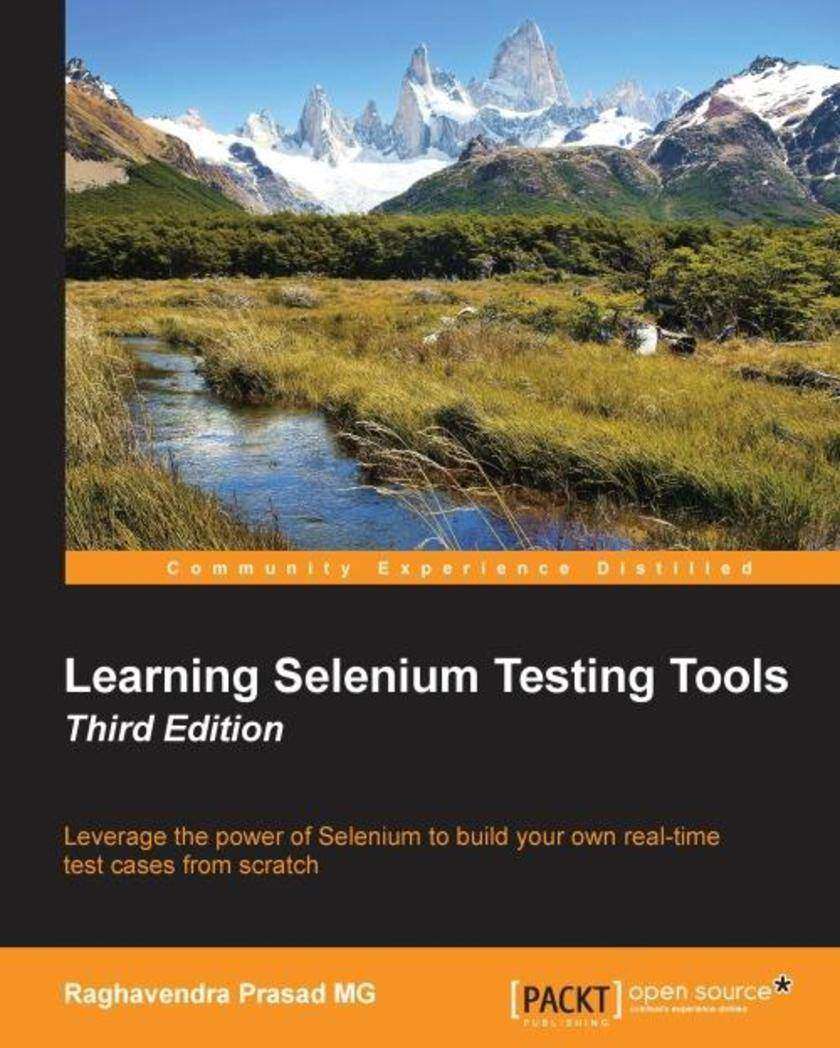
Learning Selenium Testing Tools - Third Edition
¥80.65
If you are a software developer with a basic knowledge of testing and are interested in automated testing using Selenium, this is the book for you. No prior knowledge of Selenium is required.
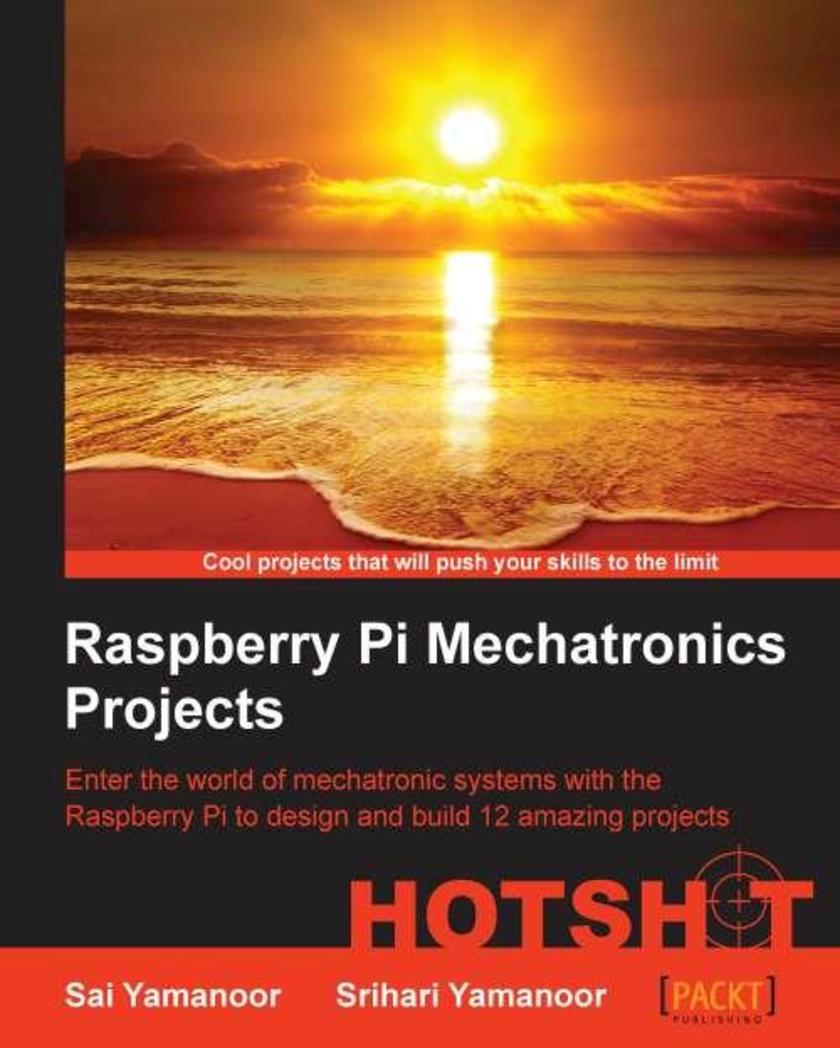
Raspberry Pi Mechatronics Projects HOTSHOT
¥80.65
This book is targeted towards beginners and intermediate designers of mechatronic systems and embedded system design. Some familiarity with the Raspberry Pi and Python programming is preferred but not required.
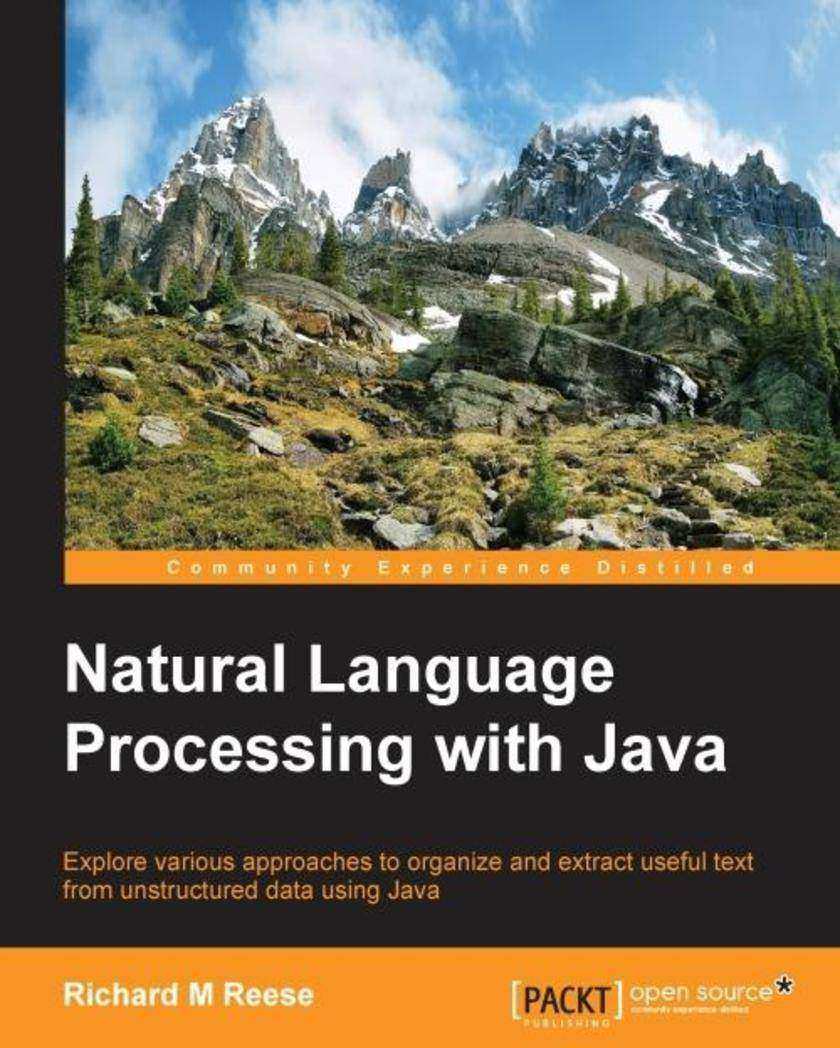
Natural Language Processing with Java
¥80.65
If you are a Java programmer who wants to learn about the fundamental tasks underlying natural language processing, this book is for you. You will be able to identify and use NLP tasks for many common problems, and integrate them in your applications to solve more difficult problems. Readers should be familiar/experienced with Java software development.
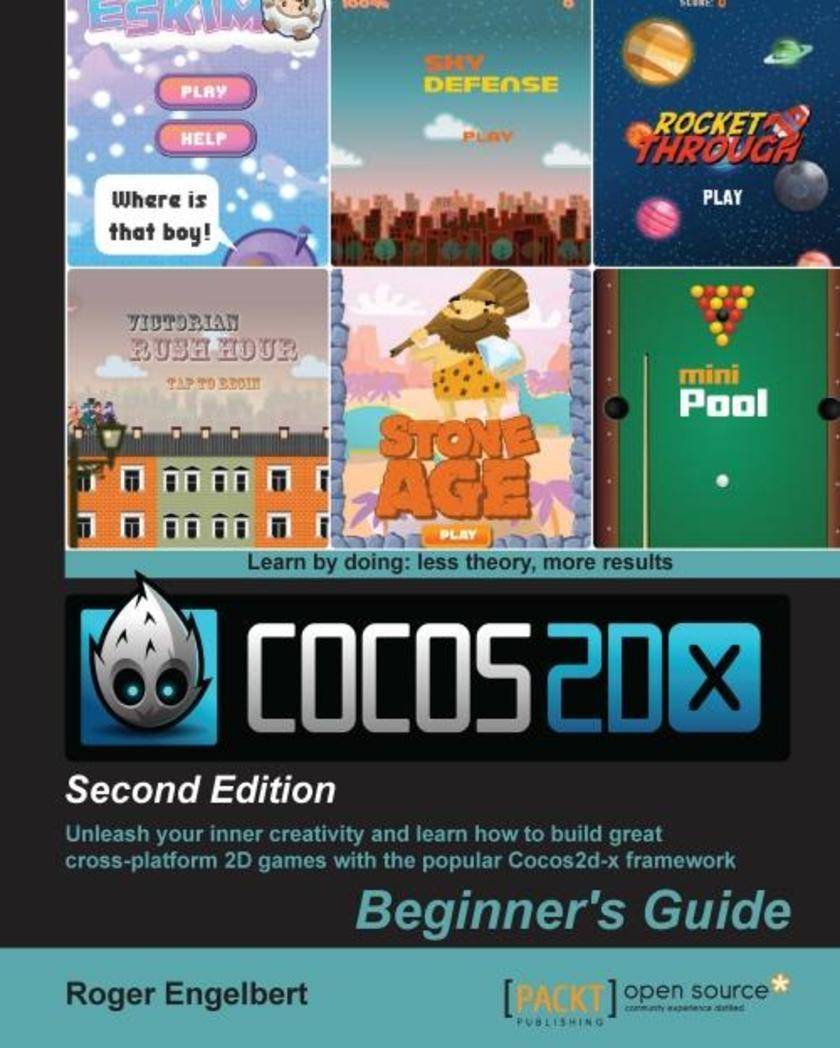
Cocos2d-x by Example: Beginner's Guide - Second Edition
¥80.65
If you are a game enthusiast who would like to develop and publish your own game ideas onto different app stores, this is the book for you. Some knowledge of C++ or Java is helpful but not necessary.
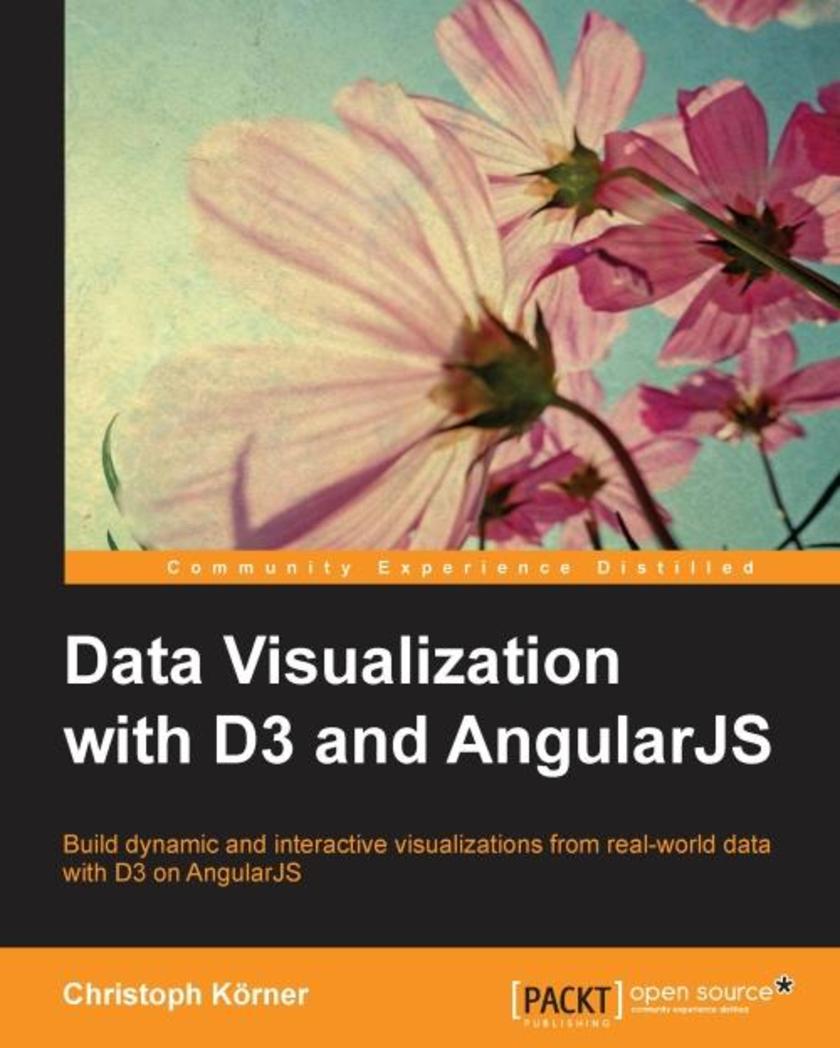
Data Visualization with D3 and AngularJS
¥80.65
If you are a web developer with experience in AngularJS and want to implement interactive visualizations using D3.js, this book is for you. Knowledge of SVG or D3.js will give you an edge to get the most out of this book.
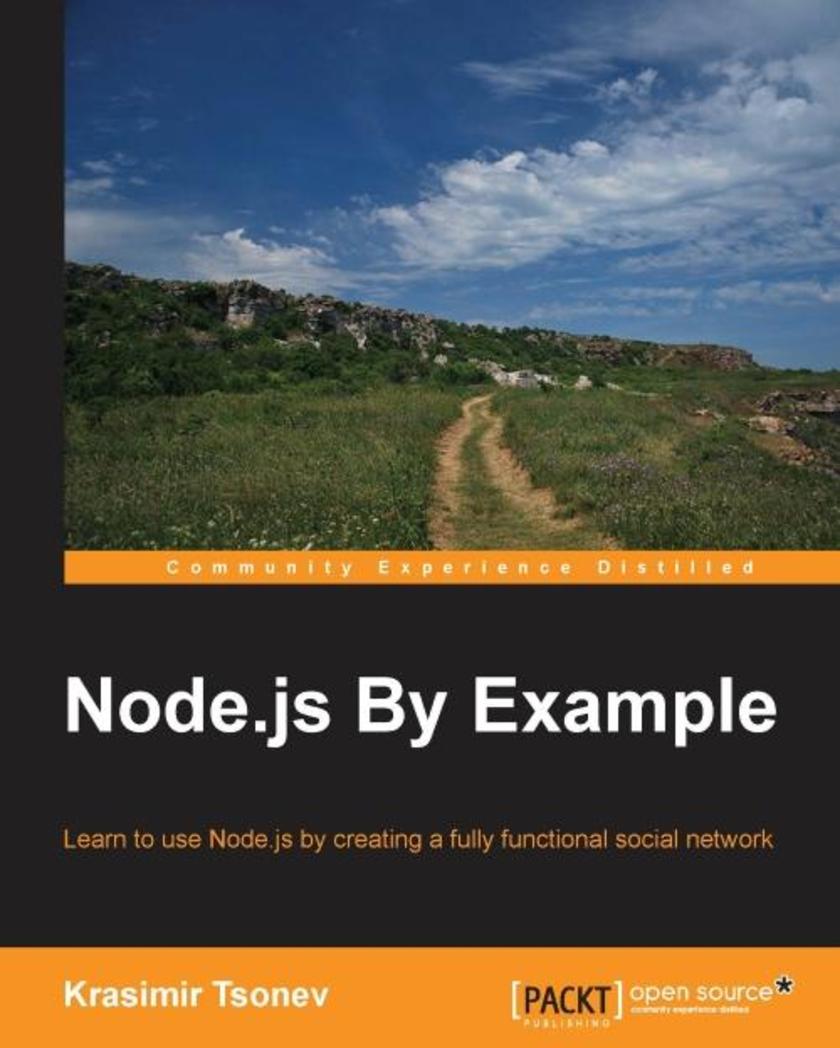
Node.js By Example
¥80.65
If you are a JavaScript developer with no experience with Node.js or server-side web development, this book is for you. It will lead you through creating a fairly complex social network. You will learn how to work with a database and create real-time communication channels.
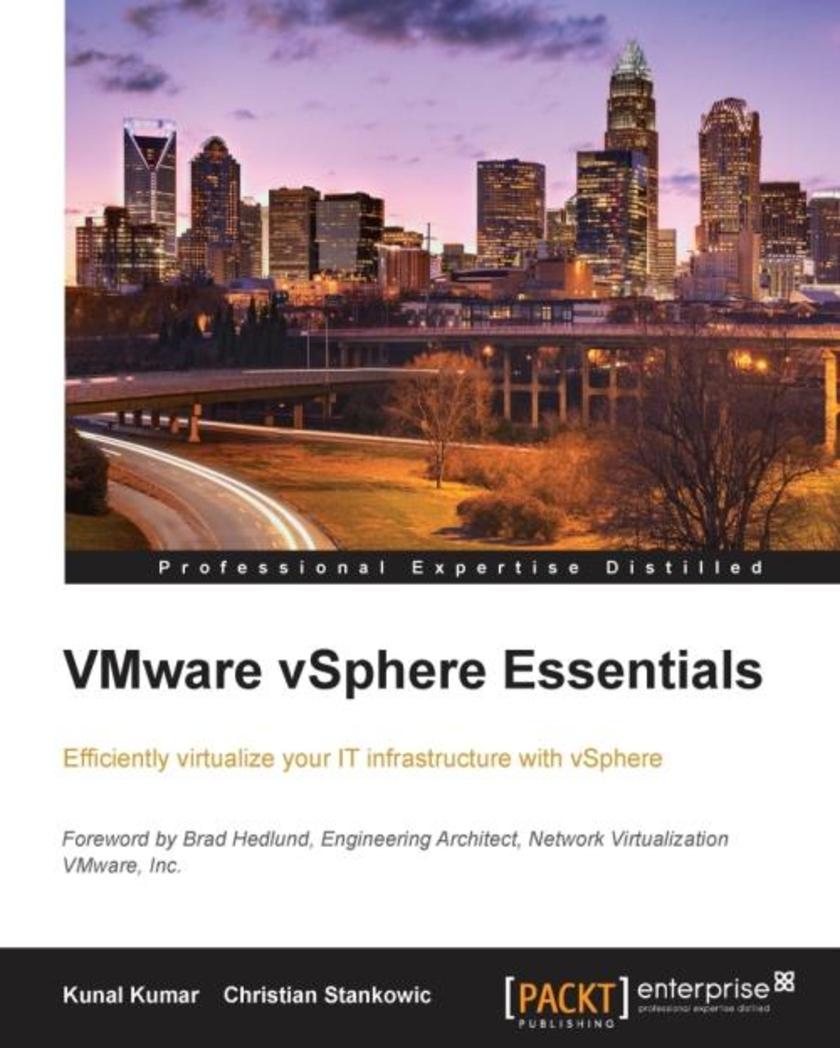
VMware vSphere Essentials
¥80.65
This book is intended for virtualization administrators who want to learn VMware vSphere quickly. It is assumed that you have some basic knowledge of virtualization and the vSphere environment.
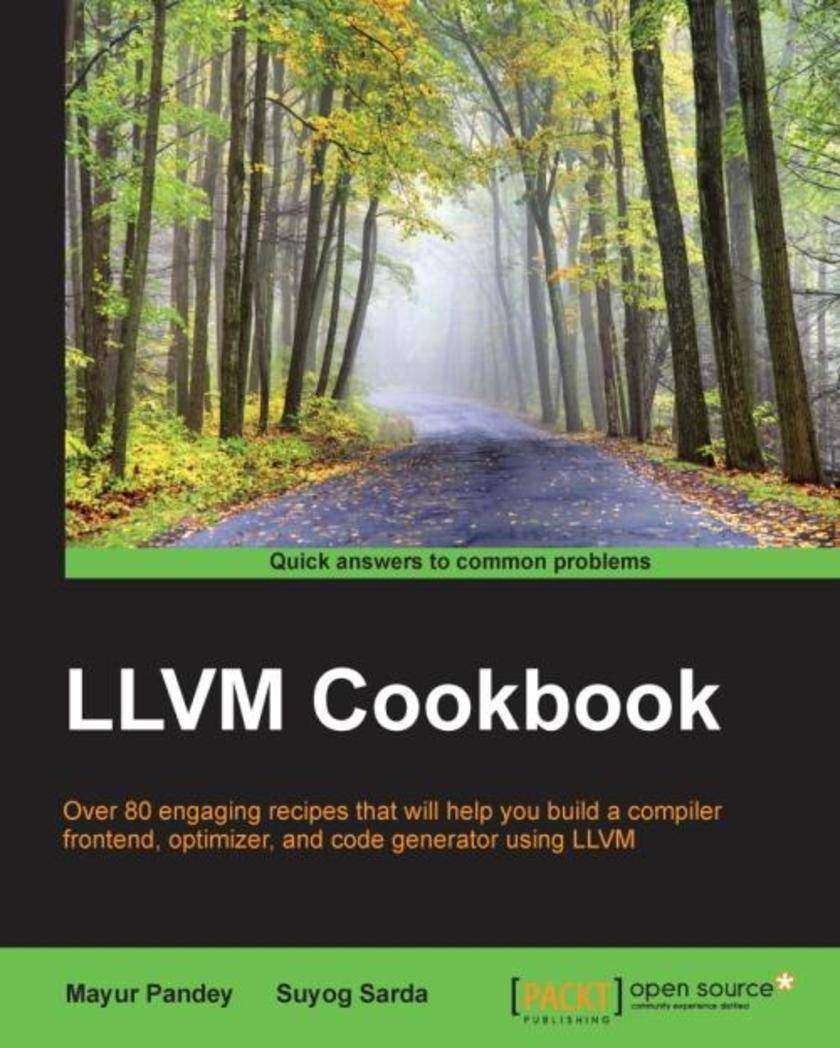
LLVM Cookbook
¥80.65
The book is for compiler programmers who are familiar with concepts of compilers and want to indulge in understanding, exploring, and using LLVM infrastructure in a meaningful way in their work. This book is also for programmers who are not directly involved in compiler projects but are often involved in development phases where they write thousands of lines of code. With knowledge of how compilers work, they will be able to code in an optimal way and improve performance with clean code.
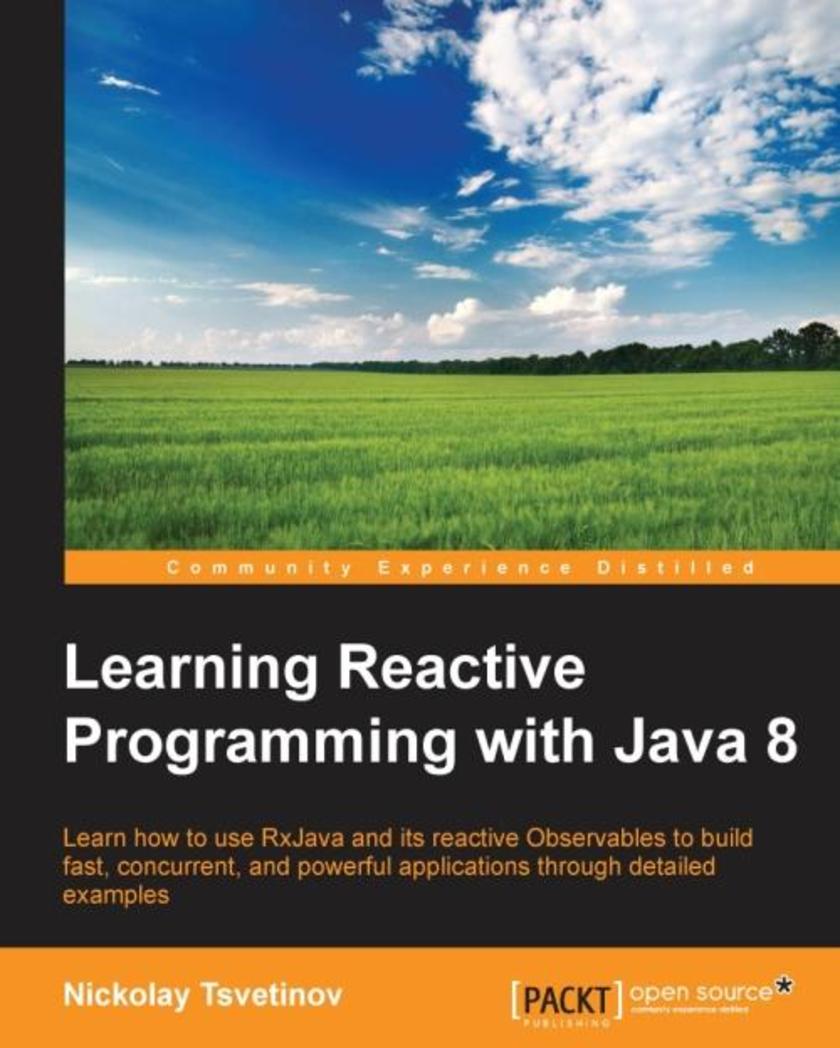
Learning Reactive Programming with Java 8
¥80.65
If you are a Java developer that knows how to write software and would like to learn how to apply your existing skills to reactive programming, this book is for you.
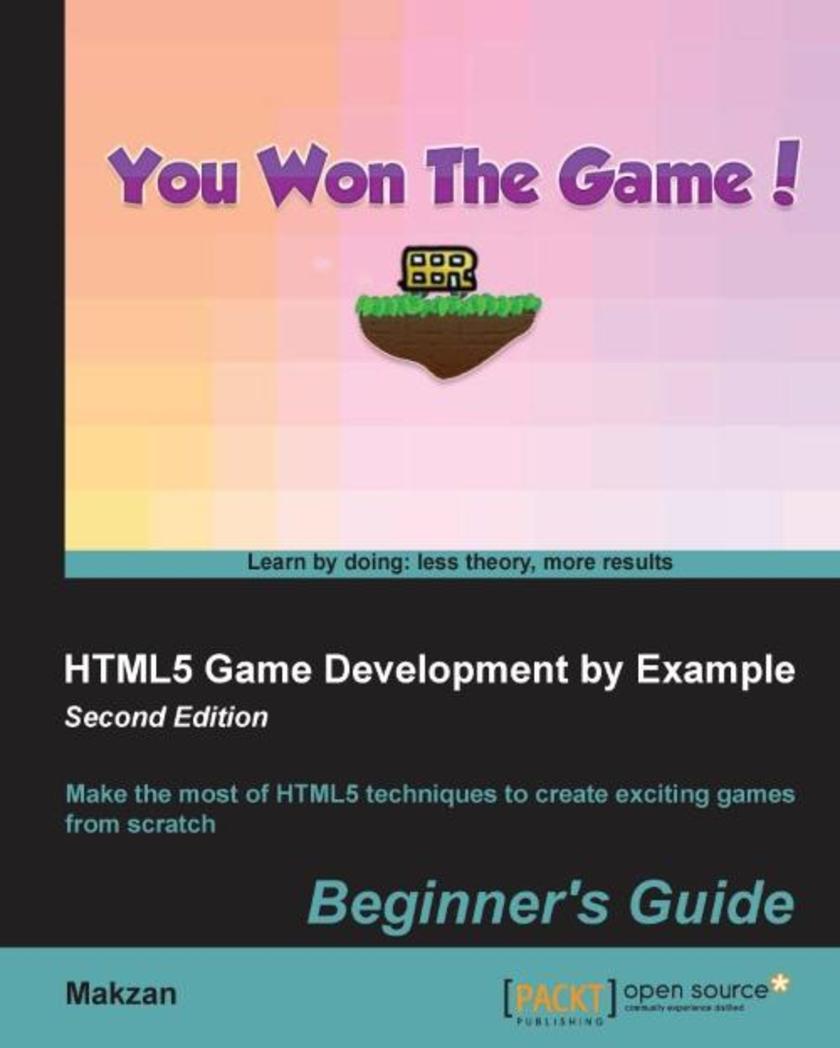
HTML5 Game Development by Example: Beginner's Guide - Second Edition
¥80.65
This book is for web designers who have a basic knowledge of HTML, CSS, and JavaScript and want to create Canvas or DOM-based games that run on browsers.




 购物车
购物车 个人中心
个人中心



